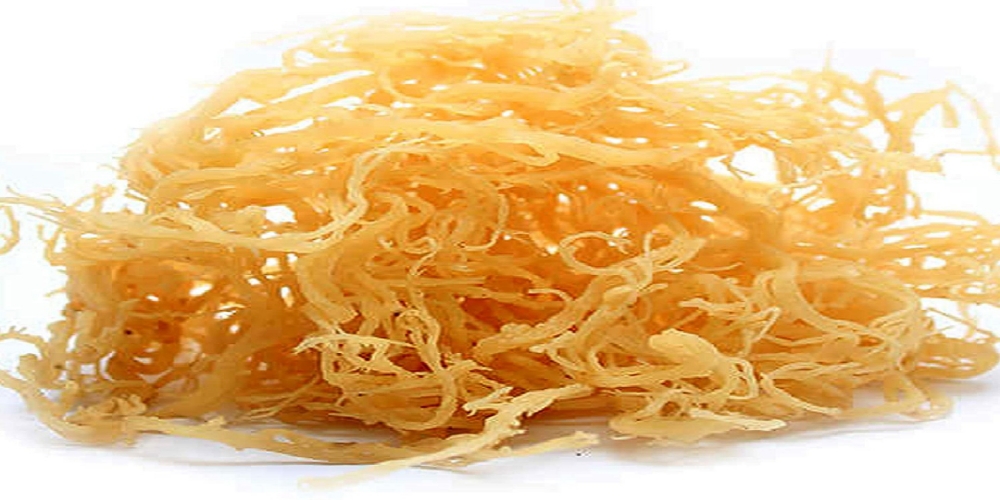Both human and synthetic hair are potential options that are available for use in the extension of hair. Investing in either of these options has its benefits or drawbacks, and it is vital to know how they compare.
This article will discuss human hair versus synthetic hair, including differences from the customers’ perspective and factors that may be of concern to them. We’ll also cover methods to distinguish between the two types of extensions.
Contrast Between Human and Synthetic Hair Extensions
Understanding the distinctions between them helps individuals choose the best option based on their lifestyle, desired look, and budget. Let’s examine these key differences:
Texture Contrast
(i) Synthetic Hair: Synthetic hair typically has a shinier, more uniform texture that may appear artificial. It is often stiffer and lacks the natural movement of real hair. This uniformity can sometimes give it a less realistic look, especially in certain lighting conditions.
(ii) Human Hair: Human hair extensions feel soft, smooth, and natural, mimicking the wearer’s hair texture. They move naturally, making them easier to blend seamlessly with real hair, offering a more authentic appearance overall.
Appearance Differences
(i) Synthetic Hair: Synthetic hair is mainly not as real in appearance as human hair and can appear to have a fake sheen and is a little rigid. While premium synthetics may advance in texture, they remain short in the realistic feel of hair. Over some time, synthetic extensions tend to become fuzzy or even dull in most cases.
(ii) Human Hair: Natural hair extensions appear real and can be easily ingrained into the natural hair of the person wearing the extensions. If taken care of properly they retain a more natural shine and do not fizz up.
Styling Flexibility Comparison
(i) Synthetic Hair: Synthetic hair has limited styling flexibility. Most synthetic extensions cannot handle heat, melting, or becoming damaged when exposed to hot tools. Additionally, synthetic hair cannot be dyed, so users must select their desired color upfront.
(ii) Human Hair: Human hair extensions provide unmatched styling versatility. They can be dyed, straightened, and curled without damage. These extensions withstand heat tools, allowing wearers to experiment with different looks easily.
Affordability Factor
(i) Synthetic Hair: Generally, synthetic hair extensions are less expensive because the production process is cheaper. They are mostly cheap, especially when compared to other similar products making them suitable for short-term or occasional use if the buyer has a limited budget.
(ii) Human Hair: This is because human hair extensions are more costly than other hair extensions because of the quality and sturdiness of human hair. Although they cost more initially, they are also multi-purpose, and their durability helps customers.
Lifespan Variances
(i) Synthetic Hair: Synthetic hair extensions are less durable and tend to last for only several weeks to several months at most, depending on their use and care. In the long run, they may deteriorate and develop quite a poor appearance.
(ii) Human Hair: Human hair extensions, if taken care of properly, can last for a whole year or even more. This makes them ideal for longer usage, giving the client more value for their money as compared to other types of extensions that wear out quickly.
Maintenance Variation
(i) Synthetic Hair: Synthetic hair extensions are easier to manage and can hold their style after washing without much difficulty. However, they are not as robust as other extensions and need a proper care routine in order not to deteriorate easily. Despite their lower upkeep, synthetic hair may not handle environmental factors well.
(ii) Human Hair: Synthetic hair extensions demand less surveillance than human sr extensions as they should not be bathed as often, moisturized, or subjected to harsh conditions. Despite this, they are self-repairing, and the benefits of having natural and enduring outcomes justify the high maintenance.
How to Access If It Is A Human Hair Extension Or A Synthetic One?
Burn Test
To distinguish between human and synthetic hair, use the burn test. Burn a small hair strand carefully. Human hair burns slowly and smells like burning hair, producing ash. Synthetic hair melts quickly, forms a ball, and emits a plastic-like odor. This method effectively reveals the material of the extension, helping you identify whether it’s real or synthetic.
Heat Resistance
Human hair extensions can withstand heat-styling tools like curling irons or straighteners without damage. Synthetic hair, however, cannot tolerate heat unless labeled “heat-friendly.” Applying heat to synthetic fibers may cause melting or frizzing. To avoid damage, always check the label to confirm heat resistance before using hot styling tools on your extensions.
Water Test
The water test is another way to identify synthetic versus human hair. Human hair absorbs water, becomes heavier, and sinks, mimicking natural hair’s behavior. It also takes longer to dry. Synthetic hair resists water, often floating and drying quickly. This simple method helps distinguish hair types without causing damage, offering an easy way to verify composition.
Conclusion
The best method of hair extension is defined by the individual’s needs, cost estimation, and style expectations. Human hair and synthetic hair may seem to be fairly similar but in reality they present a lot of differences as mentioned above. It means that every person who would like to utilize these entities should be aware of these differences in order to make the right decision. Even if one were to choose human hair with an investment the latter or synthetic hair they come with unique propositions towards improving one appearance.









